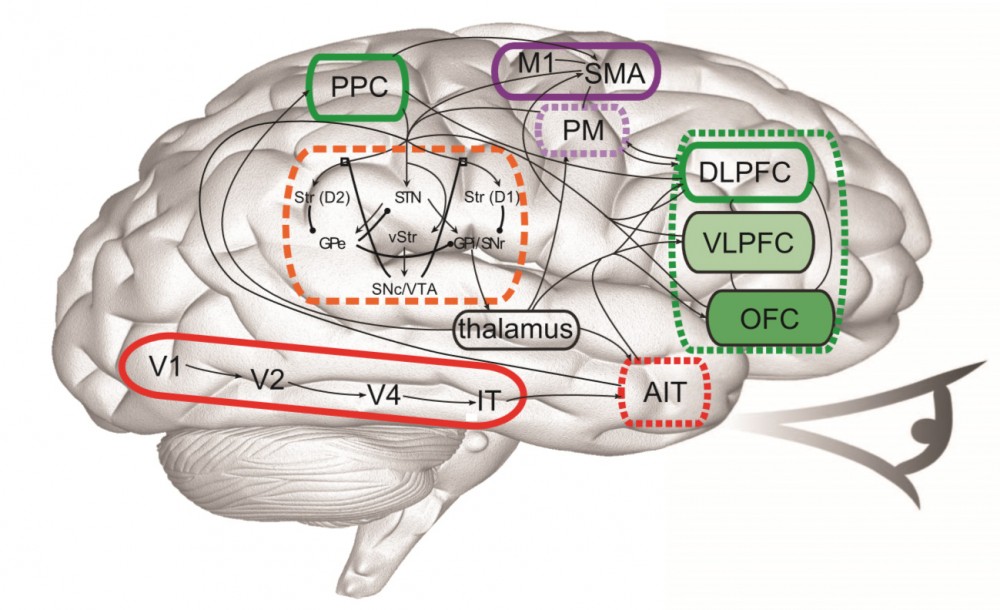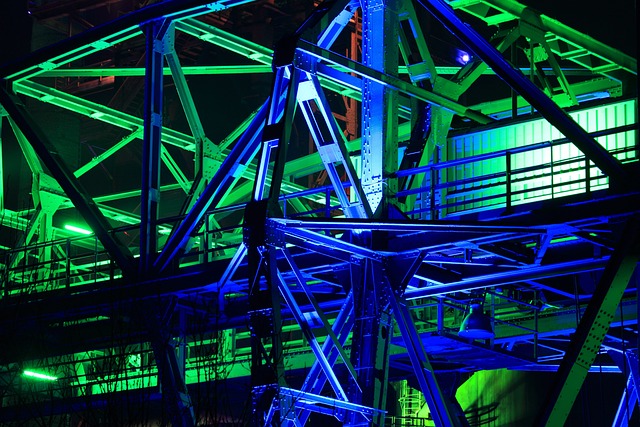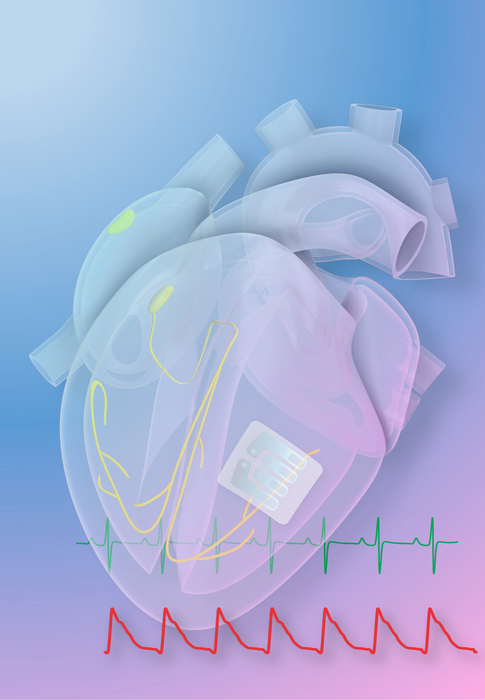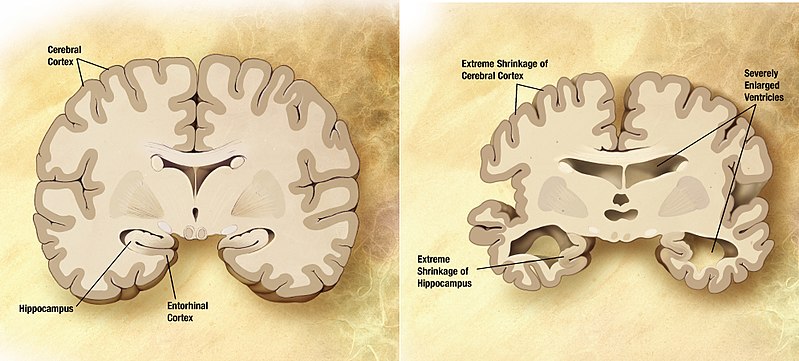Humans are able to walk, talk, scratch their heads, chew gum, and look at the environment around them all at the same time. How do we do this?
Neuroscientists are working to unlock the secrets of the human brain. Traditional views of brain structures, functions, and organization are giving way to new neural network models of the organization of the human nervous system.
In the book “How to Build a Brain: A Neural Architecture for Biological Cognition”, Chris Eliasmith (see Ted video below) outlines the Semantic Pointer Architecture (SPA) that underlies the world’s largest brain simulation known as “Spaun.” Spaun illustrates human brain functions including digit recognition, reinforcement, serial working, silent counting, questions and answers, and many more.
Building Biologically Realistic Neural Models
The ultimate end of neuroscientific research may be to build a human brain. By reverse engineering the human brain and being able to reproduce it, doors will be opened to fixing neurological disorders and optimizing the brain’s functions.
To achieve this, neuroscientists have been sifting through various theoretical models of the brain and trying to understand the brain’s flexibility and adaptiveness as a biological system. At the same time, new tools, like Spaun, are being developed to help construct biologically accurate perceptual, cognitive, and motor models.
The following video is of Chris Eliasmith’s TEDX presentation on how he models the human brain.







